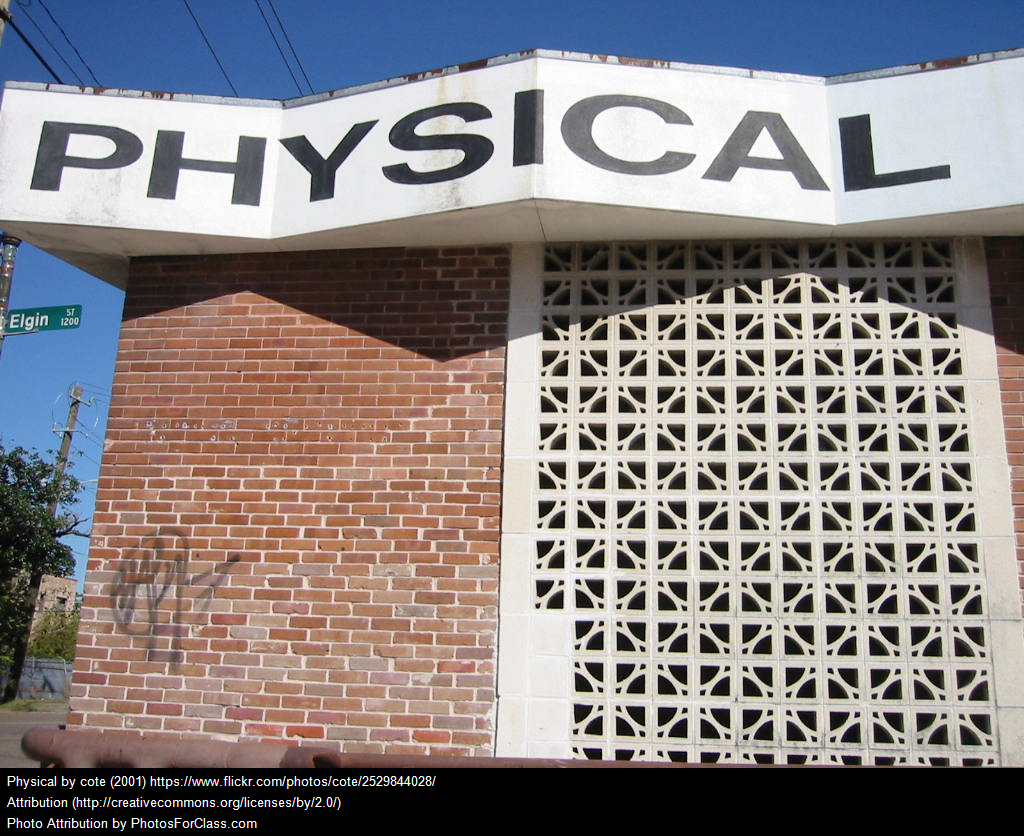Total Physical Response (TPR) is a key feature in many second-language classrooms, especially with Beginners, and my room is no different.
I thought readers might find it useful if I pulled together a few useful related resources.
To begin with, here are three previous related “Best” lists:
The Best Resources On Students Using Gestures & Physical Movement To Help With Learning
A Quasi “The Best” List On TPRS (TPR Storytelling) For Teaching ESL
Now, here are a few resources for just plain good-old TPR that I think offer particularly useful materials and ideas:
Here’s a simple introduction to the method from The British Council.
How to Use Total Physical Response in ESL Instruction
502 Words that Can Be Learned with Total Physical Response (TPR), By Domain
Making Learning Stick: Total Physical Response is by Valentina Gonzalez.
Reverse physical stories is an interesting twist on TPR:
Total Physical Response: Learning through Action! is by Valentina Gonzalez.
A SIMPLE WAY I DIFFERENTIATE TPR (TOTAL PHYSICAL RESPONSE) LESSONS – DO YOU HAVE OTHER SUGGESTIONS?
Connecting listening👂 w/ physical movement supports comprehension. Check out this TPR (total physical response) idea 💡! #mathforells #pisdmathchat #pisdell 👇 https://t.co/O8463vTGOb
— 🅲🅸🅽🅳🆈 (@CindyGarciaTX) June 26, 2021




These links are very interesting, thank you for sharing! I am interested in how physical activity can help with children in the class room. This is not the first time I have heard of this either. Believe it is the release of endorphins with physical activity that aids kids in paying more attention, and remembering what they have learned, better, longer. Nice post!
Hi,
I’ve created a total physical response page here:
http://www.total-physical-response.com
Updated every week
Paul